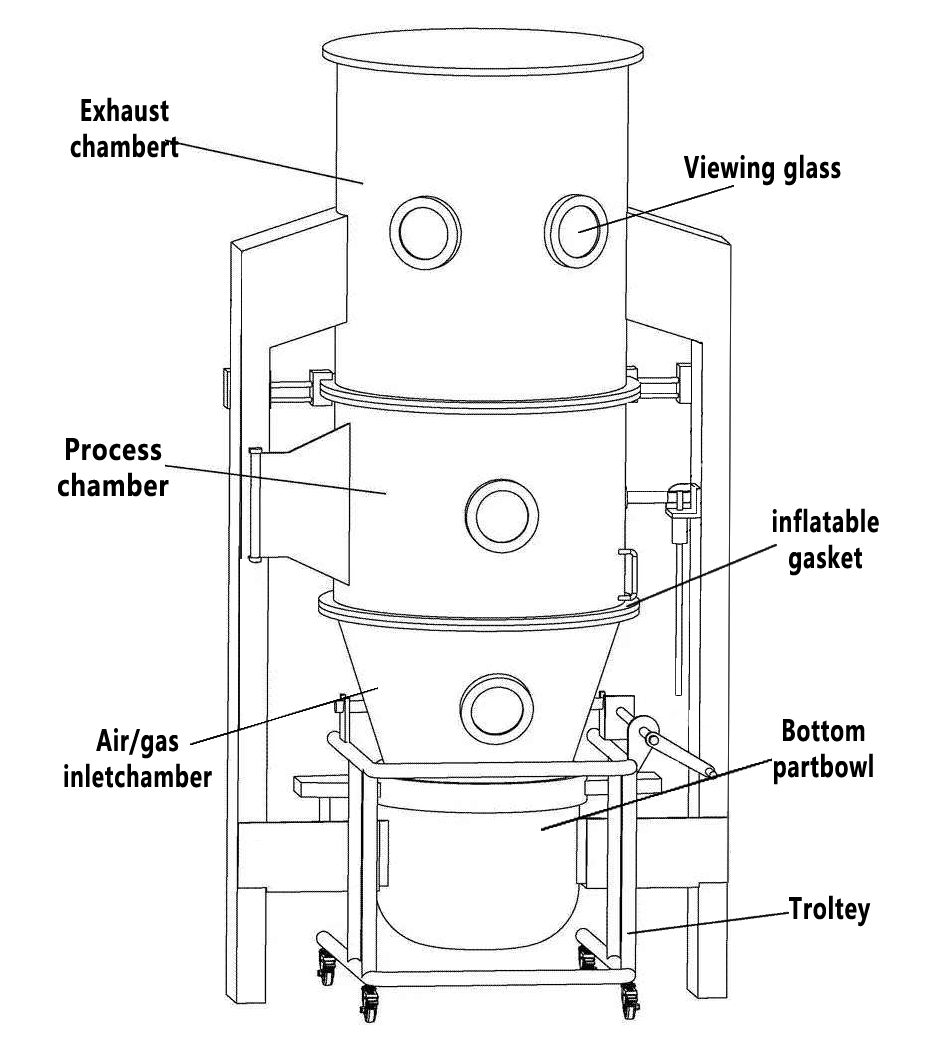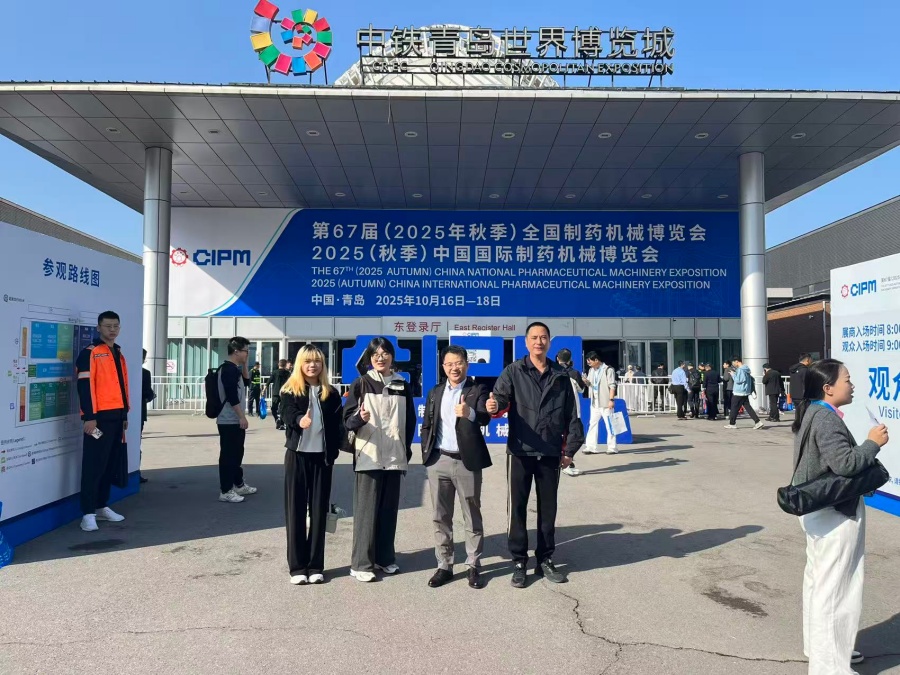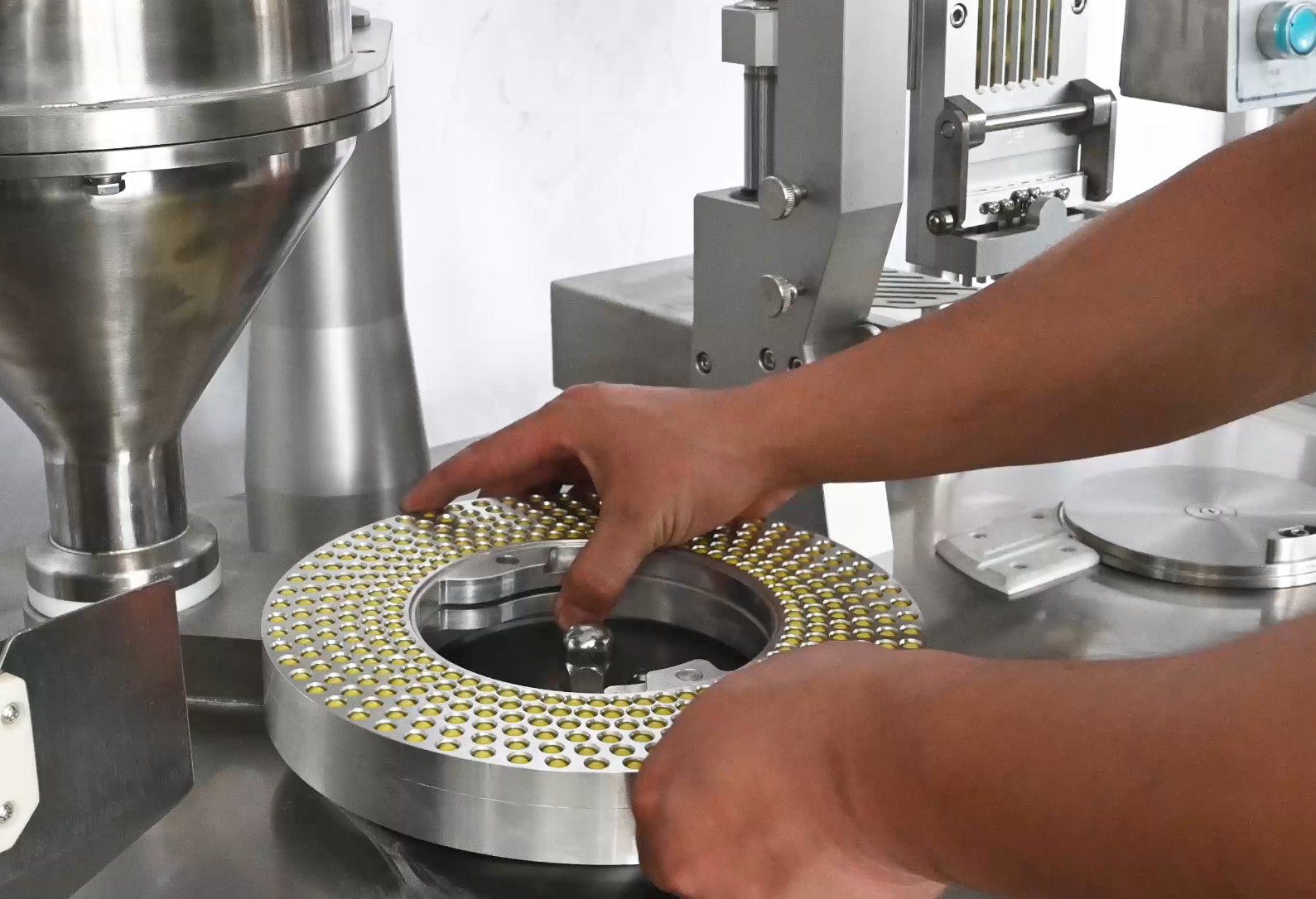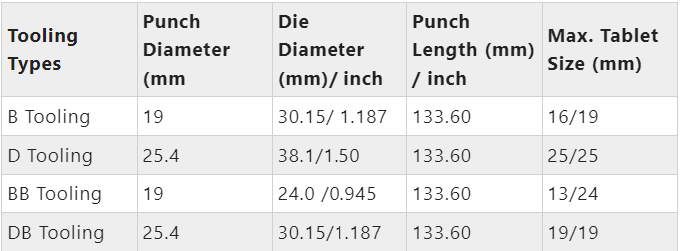A V con blender is a tumble blender that helps mixing dry powders and free-flowing solids. It has a V-shaped vessel formed by two cylindrical shells joined at an angle. This rotates on a horizontal axis, facilitating the mixing of diffusion method.

Its name comes from its distinctive “V” shape, which is formed by two cylindrical barrels (shells) joined together at an angle, typically between 75° and 90°.
What is a V Cone Blender?
V cone mixers are workhorses in many industries. They handle everything from food ingredients to pharmaceutical powders. These mixers work by gravity and rotation. The V-shape creates natural mixing zones. As the container spins, materials flow from one arm to another. This creates thorough blending in a relatively short time.

What is the Principle of V V-type Blender?
The V mixer works on a simple principle. It uses gravitational force and mechanical rotation. Here’s how it works:
- The V-shaped container holds the materials
- Motors rotate the entire vessel
- Materials tumble and cascade inside
- Gravity pulls particles in different directions
- This creates a natural mixing pattern
The angle of the V-shape is crucial. It’s usually between 75 to 90 degrees. This angle ensures optimal material flow. The rotation speed is typically 10-25 RPM. Slower speeds prevent material damage and ensure gentle mixing.
What are the different Types of V Cone Blenders?
There are several types of V cone blenders:
Standard V Blender: Basic design with simple rotation mechanism.
V Mixer with Intensifier Bar: Includes a rotating bar for better mixing.
Vacuum V Blender: Features vacuum capability for special applications.

Heated V Blender: Includes heating elements for temperature-sensitive processes.

Mini V Blender: Smaller versions for laboratory use.
Each type serves different industry needs. The choice depends on material properties and mixing requirements.
Intensifier (or Bar) V Cone Blender: This is a major and common variant.
-
-
Feature: Includes a rotating bar (called an intensifier bar) with high-speed blades that is mounted inside one or both of the cylindrical arms.
-
Purpose: To de-lump powders, break apart agglomerates, and ensure the uniform dispersion of minor ingredients (like colors or active agents) that might otherwise form “streaks” in a standard blender. It adds a high-shear element to the gentle tumbling action.
-
Jacketed V Cone Blender:
-
-
Feature: The V-shaped vessel has a double wall (a jacket) through which a thermal fluid (hot water, steam, or cooled water/glycol) can be circulated.
-
Purpose: To heat, cool, or maintain the temperature of the mixture during the blending process. This is essential for processes involving melting, drying, or temperature-sensitive materials.
-
Application of V-cone blender
V cone blenders have many applications:
- Food Industry: Mixing spices, flour, and food additives.
Food Industry Mixing Powder - Pharmaceutical: Blending active ingredients with excipients.
Pharmaceutical Mixing Powder - Chemical: Combining powders and granules.
Chemical Mixing Powder - Cosmetics: Mixing makeup powders and pigments.
Cosmetics Mixing Powder - Agriculture: Blending fertilizers and pesticides.
Agriculture Mixing Powder
These mixers work best with free-flowing materials. They handle both wet and dry ingredients. However, they’re most effective with dry powders.
What are the Key Components of a V Cone Blender?
A V cone blender has several important parts:
V-Shaped Container: The main mixing chamber made of stainless steel.

Drive System: Motors and gears that rotate the container.

Support Frame: Sturdy base that holds the entire system.

Loading/Discharge Ports: Openings for adding and removing materials.

Control Panel: Electrical controls for operation and timing.

Safety Features: Emergency stops and protective guards.
Quality components ensure reliable operation. Stainless steel construction prevents contamination. Proper sealing prevents material leakage during mixing.
What are the Advantages of V Cone Blender?
V cone blenders offer many benefits:
- Gentle Mixing: Won’t break fragile materials.
- Uniform Results: Creates consistent blends.
- Easy Cleaning: Simple design makes maintenance easy.
- Versatile: Handles various material types.
- Cost-Effective: Lower operating costs than complex mixers.
- Reliable: Simple mechanism reduces breakdowns.
- Good Visibility: Easy to monitor mixing process.
These advantages make V blenders popular choices. They balance performance with simplicity.
Key Features & Benefits of V Blender
| Feature | Benefit |
| 1. V-Shaped Design | Highly Efficient Homogeneous Blending: The V-shape continuously splits the powder bed into two streams as it rotates and then recombines them at the apex. This repeated division and combination ensures a uniform blend in a relatively short time. |
| 2. Gentle Tumbling Action | Ideal for Fragile Materials: Because it doesn’t use high-speed blades or screws (in its standard form), it is perfect for blending delicate products like flakes, coated particles, or crystals that must not be broken or damaged. |
| 3. No Internal Blades & Smooth Surface | Easy to Clean and Sanitize: The lack of complex internal parts and the smooth interior make V Blenders exceptionally easy to clean, reducing downtime between batches. This is a critical requirement in pharmaceuticals and food production where cross-contamination is a major concern. |
| 4. Central Discharge Valve | Fast and Complete Discharge: The design allows the entire batch to be discharged quickly and completely from the bottom, leaving minimal residue behind. This improves yield and efficiency. |
| 5. Simple Mechanical Design | Reliability and Low Maintenance: With fewer moving parts (especially in the product zone) compared to other mixers like ribbon blenders, V Blenders are known for their reliability and lower long-term maintenance costs. |
What is the Difference Between Ribbon Blender and V Blender?
Ribbon blenders and V blenders serve different purposes:
Design: Ribbon blender use horizontal troughs with ribbon blades. V blender use rotating V-shaped containers.
Mixing Action: Ribbon blender use mechanical agitation. V blender rely on gravity and tumbling.
Materials: Ribbon blender handle cohesive materials better. V blender work best with free-flowing powders.
Cleaning: V blender are easier to clean completely.
V Blender VS. Double Cone Blender Comparison
| Feature | V Blender | Double Cone Blender |
| Shape | V-shaped arms | Two cones joined at base |
| Mixing Efficiency | Excellent | Good |
| Material Flow | Better cascading action | Gentle rolling motion |
| Cleaning | Easy access | More difficult corners |
| Capacity Range | 5-5000 liters | 10-3000 liters |
| Cost | Moderate | Lower |
| Space Required | More height needed | Compact design |
Conclusion
V cone blenders are valuable tools in modern manufacturing. Their simple design delivers reliable mixing results. These machines work well for many industries and applications. The V-shape creates efficient material flow patterns. This leads to uniform blending without material damage.
When choosing a mixer, consider your specific needs. Think about material properties, batch sizes, and cleaning requirements. V cone blender excel at gentle, thorough mixing of dry materials. They offer an excellent balance of performance, reliability, and cost-effectiveness for most industrial mixing applications.










